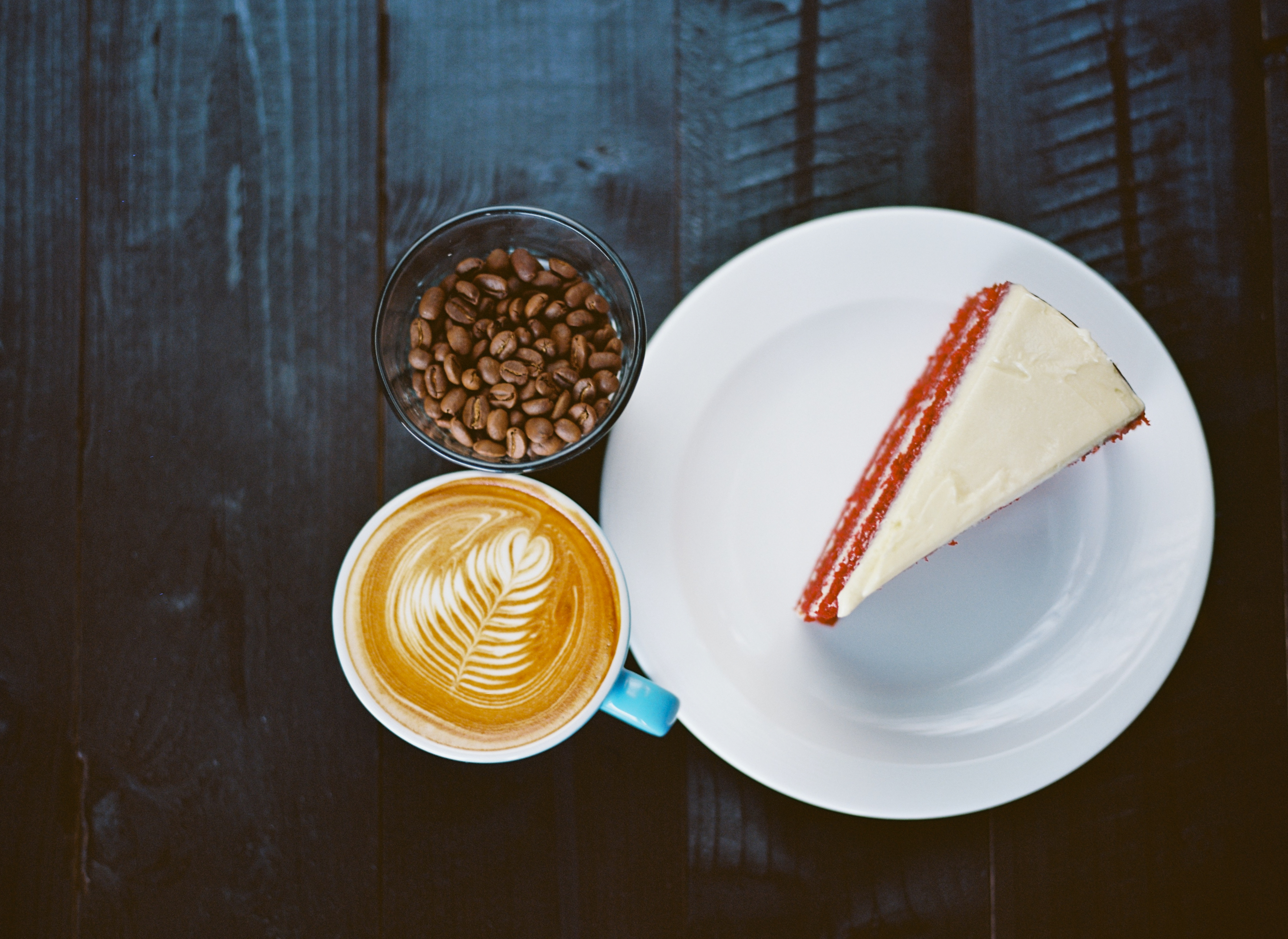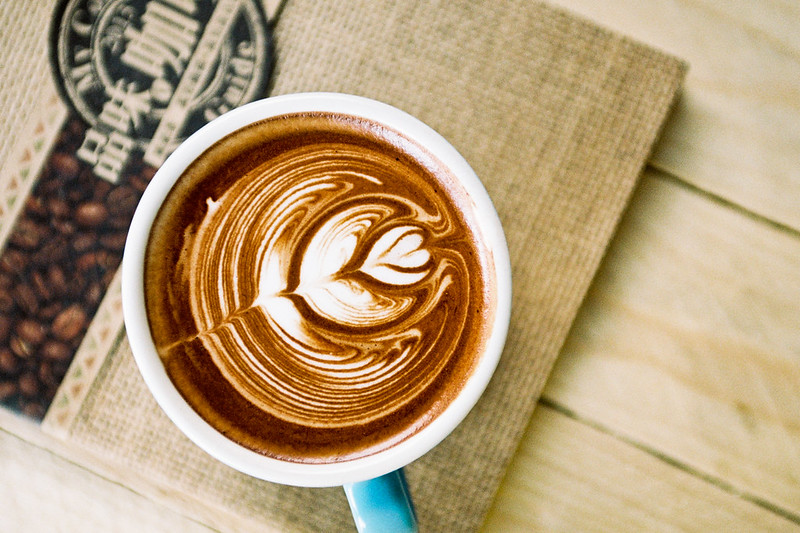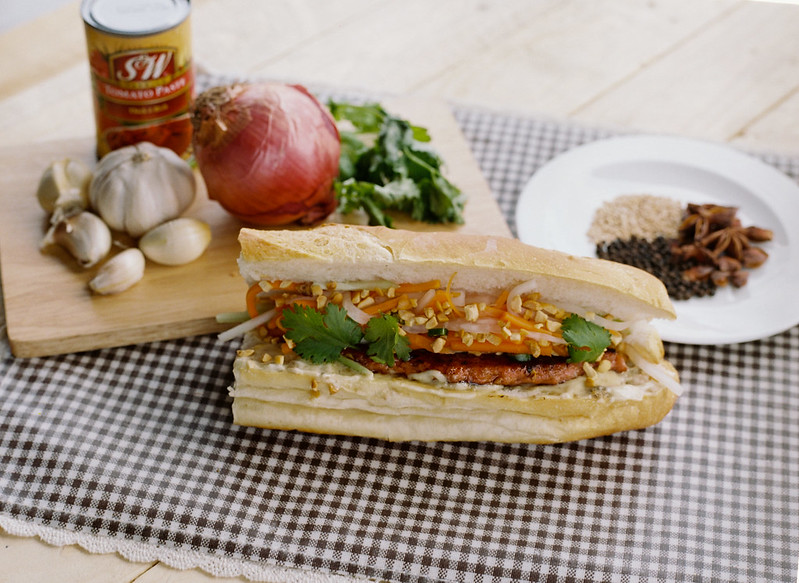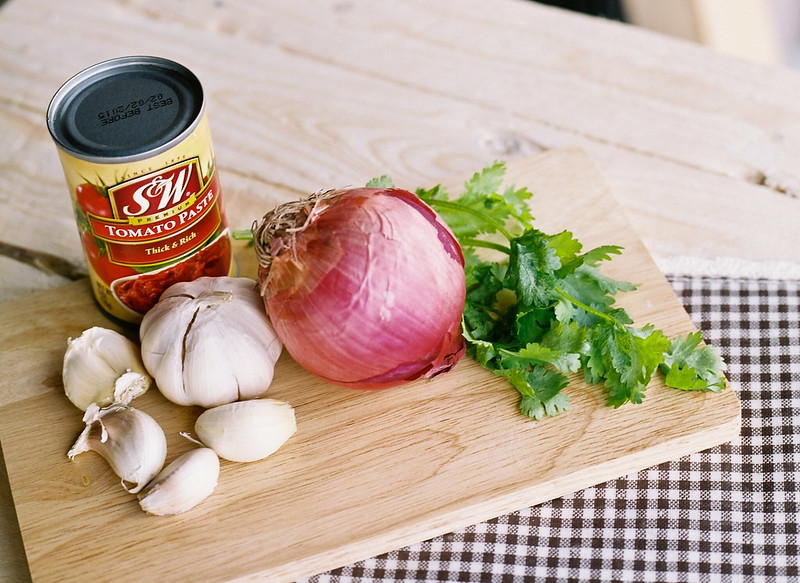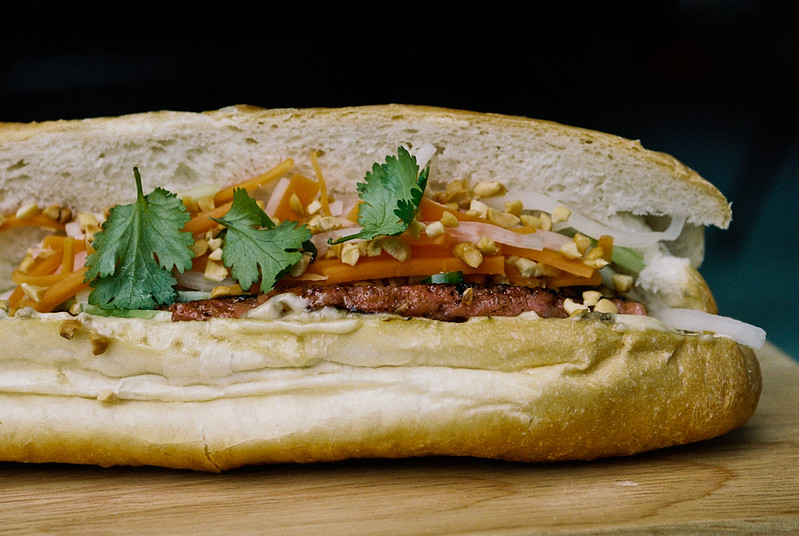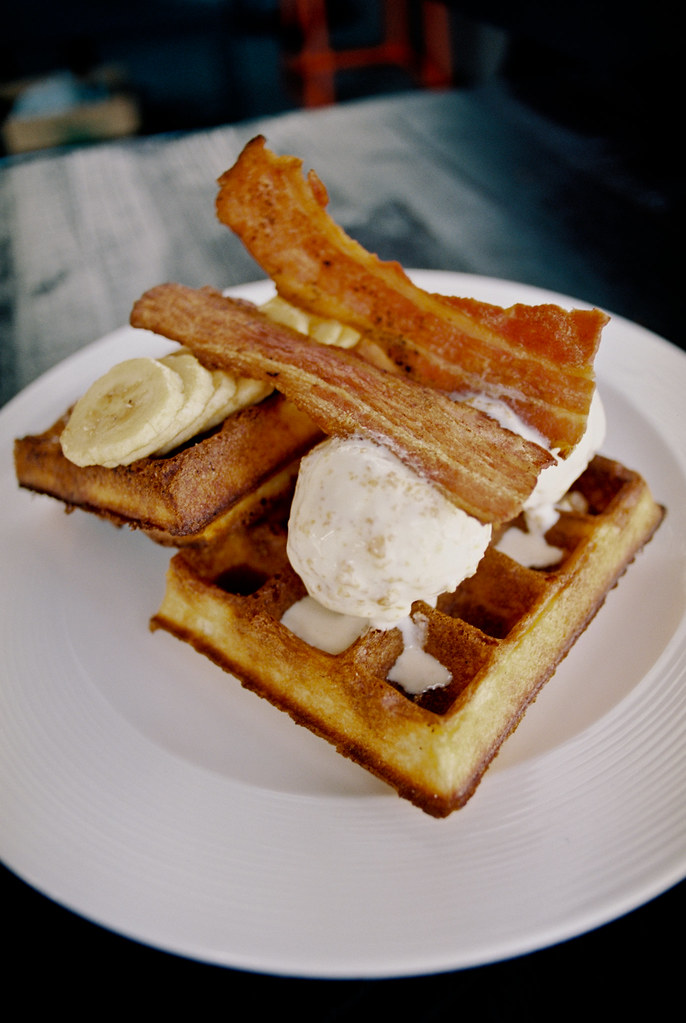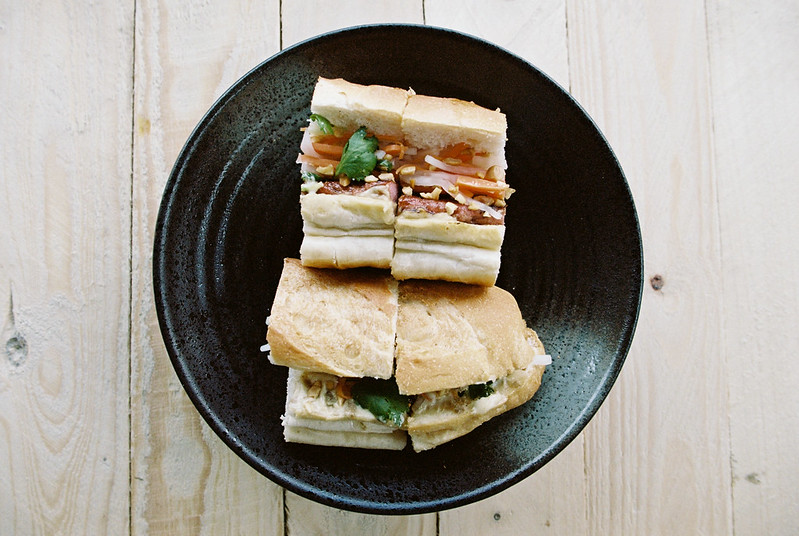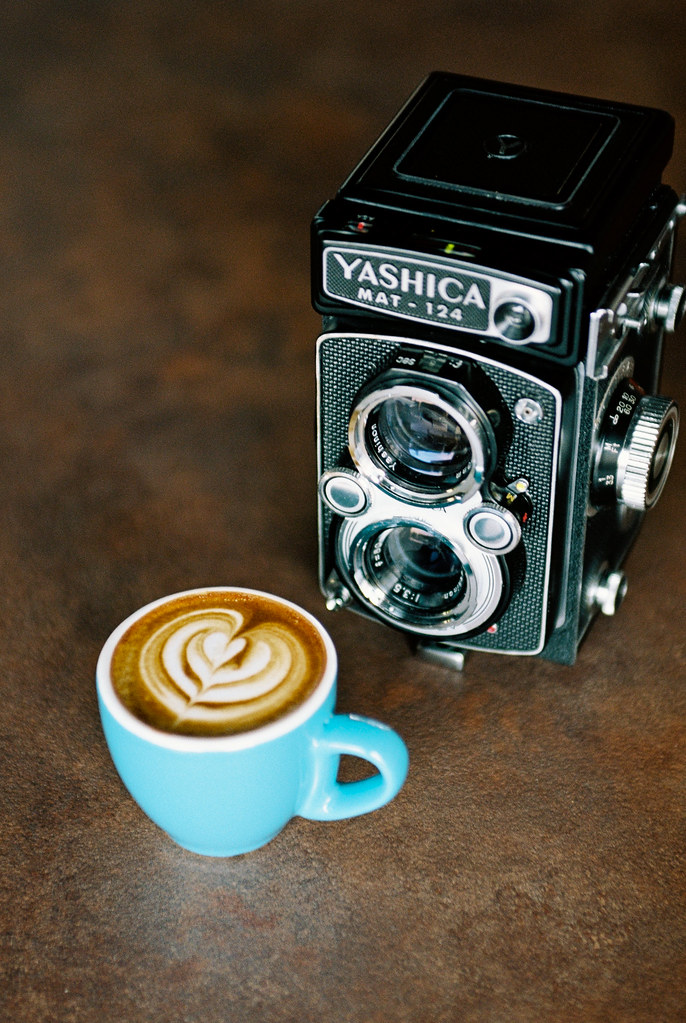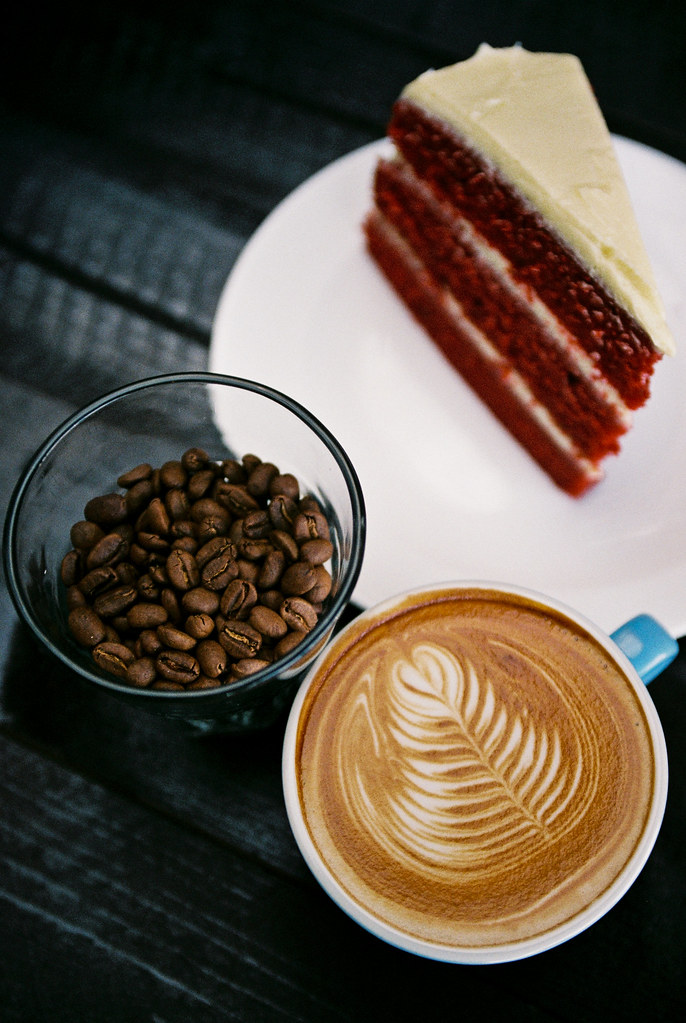by: Lola Elise
Photographing children can sometimes be a challenging task, since children typically do not like posing for the camera (especially when they are too busy doing something they like). Everything happens way too fast, making it extremely difficult for the photographer to capture the moment. Because of that, many of us end up with blurry and out-of-focus photographs and wonder how we can improve our photography skills to get better results. After learning much about child photography, taking pictures of my two boys and doing some work on the field, I decided to write an article and provide tips and pointers on how you can successfully photograph children.
Powerful child portraits are much different than “look at the camera and smile” pictures. A true portrait will reflect a child’s personality, energy and uniqueness that every one of the bundle of joys have.
Here is the outline of the most important factors in child photography:
- Plan the process, know your gear and have the right equipment
- Get to know your subject and learn how to interact and connect with the child
- Get creative, imaginative and be fun to spend time with
- Have the props to entertain the child or to set the mood for the photo shoot
- Get down to their level and figure out your angles
- Choose the right location, clothing and timing
- Make sure the parents of the child are on the same page with you
- Be patient and be ready for mood swings
- Take lots of pictures
- Post-processing and image retouching
1) Plan the process, know your gear and have the right equipment
Even though things might get a little out of hand while photographing children, try to plan the photo shoot as much as you can. First things first, get to know what kind of gear you need for that particular photo session. If you are planning to shoot indoors, have all the necessary photo equipment with you. The light inside of the house or the building may not be as great as outdoors and you may need extra gear to make things work. If you are using a point and shoot camera, I wouldn’t recommend shooting with it indoors, simply because point and shoot cameras produce too much noise in low-light environments. To have best quality pictures indoors, you will need a good light source to illuminate your subject. Shoot by a big window or a well-lit room. Have your external flash, shoot-through umbrella, bounce cards ready if natural light is out of reach. Try to limit or omit using your on-camera flash, as it creates very ugly and harsh shadows in the images. If you are shooting outdoors, know the basic light techniques. Shooting against the sun is not desirable, if you do not know how to manually control your camera.
What Camera Settings should I use? Since children are fast, dynamic and spontaneous, it is virtually impossible to command them to do what you wish. Set up your camera to a setting where you will be able to control the process easily. I photograph children in “Aperture Priority” mode. In this mode, you will be able to play with the depth of field by changing the aperture, letting your camera choose the right shutter speed for you. In low-light environments, you will probably need to set your aperture to the smallest number (a fast lens with a large aperture such as f/1.4 helps a lot) to have a reasonably fast shutter speed. If it gets darker and the light starts depleting, spike up the ISO a little. Even though the images will be a little grainy, you might capture an image worth the whole photo session. Remember, it is better to have a sharp image with more noise, than a blurry noise-free image! If your camera has an “Auto ISO” feature, enable Auto ISO and set your maximum ISO to 1600 on a full frame camera (FX) and ISO 800 on a non-full frame camera (DX). A little bit of noise is not a big deal, since you can get rid of it in Lightroom and Photoshop. I find that beyond ISO 800-1600, the images get too noisy for large prints. To learn more about camera settings, I highly recommend reading our article on how to take sharp photos.
What is the best camera and lens for child photography? Any camera will work fine, although using a DSLR with a fast aperture lens is highly recommended. You do not need the expensive top of the line DSLRs for this – any entry-level DSLR such as Nikon D3000/D5000 or Canon Digital Rebel series will work great for child photography. The more important part is the lens. I recommend using fast lenses, because they work very well in dim environments and do a terrific job in isolating subjects and creating a beautiful, creamy background blur, also known as “bokeh“. For low budgets (up to $250), lenses such as Nikon 35mm f/1.8, Nikon 50mm f/1.8 and Canon 50mm f/1.8 lenses deliver great results for child portraiture. If you have a medium-size budget (up to $500), you should look into the Nikon 50mm f/1.4, Nikon 85mm f/1.8 and Canon 50mm f/1.4, Canon 85mm f/1.8 lenses. Those with large budgets (up to $2,000) should definitely consider the Nikon 85mm f/1.4, Nikon 70-200mm VRII and Canon 50mm f/1.2, Canon 85mm f/1.2 and Canon 70-200mm f/2.8 lenses. I personally tried out many different lenses, including the top of the line professional lenses, and my personal favorite is still the 50mm f/1.4 lens that I use more than any other. It is small, lightweight and very sharp for most of my lifestyle photography needs.
What lighting equipment should I use for photographing indoors in low light? Excellent question! If you do not have a large and powerful source of light (such as a large window) to lit up the room, your only option, unfortunately, will be to use an external flash/lighting. As I pointed out above, you should not use a built-in flash for any kind of portraiture. The built-in camera flash creates ugly shadows both on the face and behind your subject, so you should try not to use it. If the room ceiling is white and not too high, I find that a good way to lighten up the room is to use an external flash mounted on the top of the camera, with the flash head pointed up. What this does, is it bounces the light off the ceiling, giving softer shadows. Take a look at this example, where I bounced the light off the ceiling:
When I use a flash like that, I set the flash to “TTL” (through the lens) mode, set my camera to “Manual” mode, then set my aperture to somewhere between f/2.8 and f/5.6, my shutter speed to 1/200th-1/250th of a second and my ISO to the lowest number (ISO 100 or ISO 200). In “TTL” mode, the camera automatically determines what the flash power should be and fires the right amount to properly expose the subject. This is hassle-free, works great and delivers great results. For Nikon DSLRs, you should look into the SB-600 and SB-900 flashes, while for Canon DSLRs, check out the 430 EXII and 580 EXII external flashes.
If you want to get more serious about indoor and studio photography, you should look into off-camera flashes and lighting (we will write a separate article on this later).
2) Get to know your subject and learn how to interact and connect with the child
If you have time, try to get to know the child before the photo session. Try to determine what the child likes, find a common ground, be their friend. Do not be another adult to dictate them what to do. Stick to their level of innocence, playfulness, adopt their energy and make them laugh by being silly. There is absolutely no need to ask the child to smile for the camera. Aside from having dull and fake images, you will not obtain anything extraordinary. Let the child play and enjoy himself/herself, while you get ready for the shot. Ask the parents to stand right behind you, then when you are all set, either call the child yourself or ask the parents to do it for you. As soon as the child looks, focus instantly on the closest eye and take a picture. Remember, even without a smile or a giggle you can have some emotional, sensitive and touching images. It is important to build a bond with a child to obtain the best results.
3) Get creative, imaginative and be fun to spend time with
Storyboards – To really capture the child’s personality, keep photographing the child while he/she is in motion and playing around. You will have at least 3-4 great images just from those 15 minutes to create a series of images in one frame. These action-packed series of images tell a bigger story than a single image. It also adds a variety to your final product. Parents love these types of shots!
Try to show emotional appeal, sensitivity and spontaneity in your images. Let the child connect with you. Allow the child to touch the back of your camera and show their pictures on the LCD. Play roles, ask questions and fulfill their curiosity.
4) Have the props to entertain the child or to set the mood for the photo shoot
Just like adults, children tend to get nervous after seeing a room full of equipment or a foreign person in the family. While we already know that bonding with the child is essential, it is also useful to help them to get relaxed. Give them something to play with. One can have countless options to entertain children. The first step is to consult parents and find out what their children like doing. Make sure it is you who brings the stuff for bonding purposes. Have some toys, bubble makers, balloons, fruits, candies handy. While you can absolutely use these props in your pictures, the main purpose is to have the child relaxed and distract his/her mind from unnecessary activities.
5) Get down to their level and figure out your angles
While it is a common rule to get down to the child’s level in order to obtain killer images, you can also try a couple of things against common rules. Snap some pictures standing up, snap another laying down and snap some more sitting on child’s level. Remember, creativity is your friend. Work with it. Try different angels, shoot the details of child’s clothing and favorite toys. After-all, you are creating memories for years to come. Sensitivity is a big part of child photography.
6) Choose the right location, clothing and timing
Location is very important to create great images. Some parents let the photographer choose the location. I always scout for locations in advance. If you have time and means to travel around, I suggest to take the opportunity. This way, you will know the good spots and you can plan for your shots better.
Background and surroundings – While taking pictures, make sure that there are no distractions in the background. Ideally, the child should be isolated from the background and the background should look pleasantly soft and blurry. Watch for harsh objects and ugly colors both in the background and surroundings.
What to wear – I advise to dress the child in something that really suits their personality. It is your job to be creative and try out different things to see if one approach works better than another. Make sure to tell the parents to bring additional clothing and other items such as hats, sunglasses, etc. in advance. If you think that the clothing is not very appealing or appropriate for your environment, talk to the parents and ask them to change the clothing or spice it up.
Timing is another big factor for successful images. To avoid harsh shadows and various exposure problems, try to photograph early in the mornings or late afternoons. Outcast days work great too, because the clouds help soften up the light.
7) Make sure the parents of the child are on the same boat with you
Do not assume that the child’s parents are OK with your tactics and with how you are treating their child. Take time to explain your plans and your approach to them. Once they are comfortable and confident with your style and ideas, they can help you out a great deal. They can assist you in interacting with the child, so that you can capture more of the emotions that are usually very hard to create while standing behind the camera.
8) Be patient and be ready for mood swings
Mood Swings – Being a child photographer is not an easy task. Children are very unpredictable. I cannot even predict the behavior of my two boys, not to mention the reaction of a child that will be seeing me for the first time. Be patient, give them some time to get used to you and your presence. Put the parents’ minds at ease that you will not take off once your time is up. Rushing will get you nowhere.
Children might get very moody if they are tired of being photographed. They might want to do something different, like play another game or move to a different location. If you feel that you haven’t gotten enough of good pictures, talk to the parents and see what other approaches you can take. Act a little silly to cheer the child up. That last giggle you capture could be the best photo of the day.
9) Take lots of pictures
And yes, take LOTS of pictures. Do not just sit there, waiting for the best moment, because you might not ever see it. Take lots of pictures, change angles, take more pictures. Get closer, then get further away and keep firing! Most likely, you will have plenty of blurry pictures and it’s OK, as long as you have some good pictures that are acceptably sharp.
10) Post-processing and image retouching
Generally, I do not do much post-processing on my images. Well-composed images rarely need to be post-processed. Especially with children, there is really no need to edit images – for the most part, they do not have blemishes or imperfections. Try to keep the image natural. Too much work on the picture will change the personality of the person embossed in them. I mostly do minor editing in Lightroom and use very minimal Photoshop if there is a need for it. You might also need to crop the image, fix the angle and add some vignetting to highlight the subject in the center. Pay special attention to the eyes and make sure that they have a catchlight.
Read more: http://photographylife.com/how-to-photograph-children#ixzz33ApWH6JT









